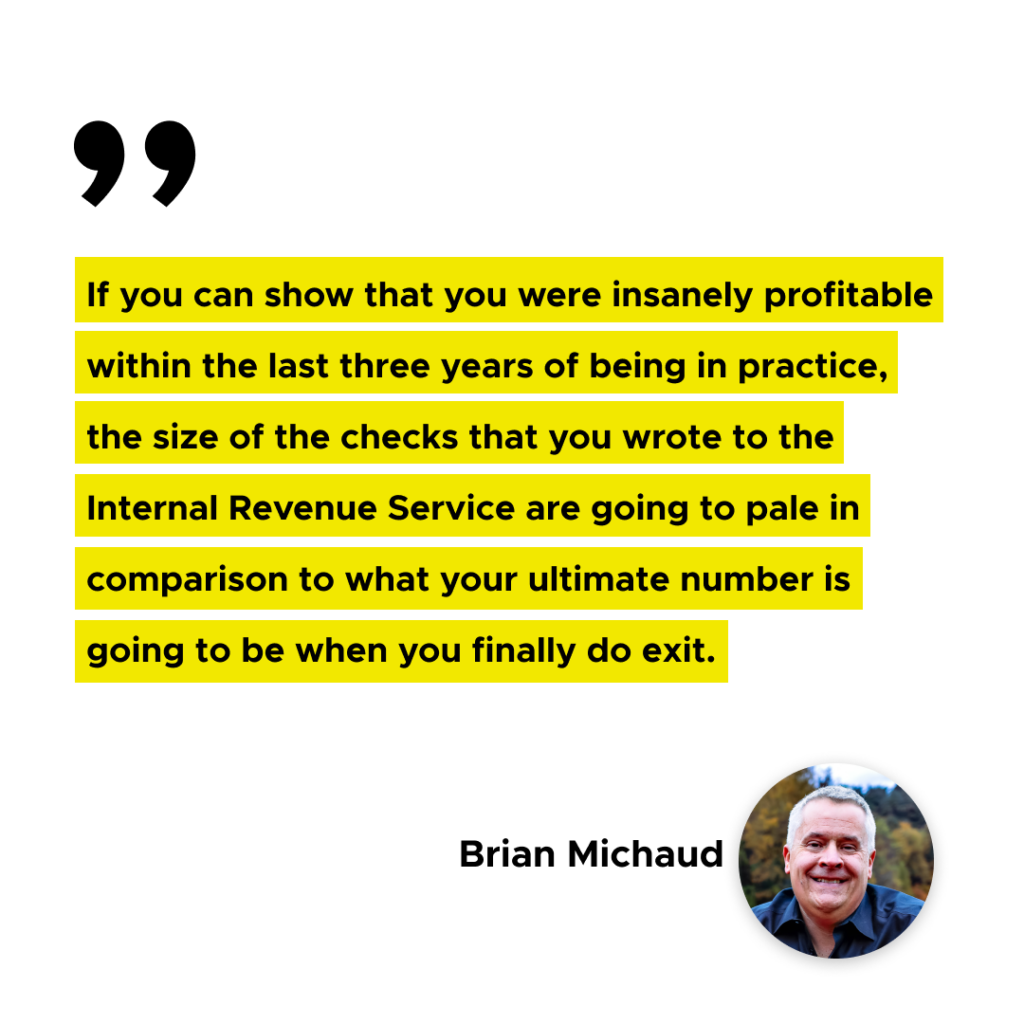
In the relentless pursuit of business excellence, one crucial factor often determines success or failure: having the right people in the right positions. As a leader, it is imperative to constantly evaluate whether your team members are best suited to drive your organization towards its goals. This internal questioning is not a sign of doubt or instability, but rather a strategic practice aimed at optimizing performance and achieving organizational success. In this blog post, we will delve into the importance of this evaluation, the signs that might indicate a need for change, and strategies for making these critical assessments.
Why It’s Important to Assess Your Team Regularly
Regularly assessing whether your team members are in the right roles is vital for several reasons:
Alignment with Goals:
- Ensuring that each team member’s skills and roles align with the organization’s goals is essential for efficient progress and achieving desired outcomes.
Maximizing Potential:
- Placing employees in roles that match their strengths and interests maximizes their potential, leading to increased productivity and job satisfaction.
Adaptability:
- The business environment is dynamic. Regular assessments help ensure that your team can adapt to new challenges and opportunities effectively.
Preventing Burnout:
- Misaligned roles can lead to frustration and burnout. Ensuring the right fit helps maintain a healthy and motivated workforce.
Signs That It Might Be Time to Reevaluate Roles
Declining Performance:
- If an employee’s performance has been consistently declining, it might indicate that they are not well-suited for their current role.
Lack of Engagement:
- Disengagement or lack of enthusiasm can be a sign that an employee is not passionate about their work or is not being challenged enough.
Frequent Mistakes:
- Regular errors or a steep learning curve might suggest that an employee is struggling with the demands of their position.
Feedback from Team Members:
- Feedback from peers and subordinates can provide valuable insights into whether someone is in the right role.
Stalled Career Growth:
- If an employee’s career growth seems to have stalled, it may be time to reassess whether they are in the best position to leverage their strengths.
Strategies for Assessing Team Fit
Conduct Regular Performance Reviews:
- Implement structured performance reviews to evaluate employees’ achievements, challenges, and areas for improvement.
Skill Assessments:
- Use skill assessments to understand the competencies of each team member and how they align with their current role.
360-Degree Feedback:
- Collect feedback from peers, subordinates, and supervisors to gain a comprehensive view of an employee’s performance and fit.
Career Development Conversations:
- Regularly discuss career aspirations with your team members to ensure their roles align with their personal and professional goals.
Observe Team Dynamics:
- Pay attention to how employees interact with each other. Team dynamics can often reveal whether someone is in the right role.
Making the Necessary Changes
Role Adjustment:
- Sometimes, minor adjustments to a role’s responsibilities can make a significant difference in an employee’s performance and satisfaction.
Training and Development:
- Invest in training programs to help employees develop the skills needed for their roles or for potential new roles within the organization.
Reassignment:
- If an employee is not a good fit for their current role but has valuable skills, consider reassigning them to a different position where they can thrive.
Open Communication:
- Maintain open lines of communication with your team about the reasons for any changes and how they can contribute to the organization’s goals in their new roles.
Succession Planning:
- Develop a succession plan to ensure that the organization is prepared for future changes and that employees are ready to step into new roles as needed.
Internally questioning whether your team is composed of the right people in the right positions is a strategic practice that can significantly impact your organization’s success. By regularly assessing performance, engagement, and fit, you can ensure that your team is aligned with the organization’s goals and operating at its highest potential. By fostering a culture of continuous improvement and adaptability, you can lead your organization to sustained success and innovation.

